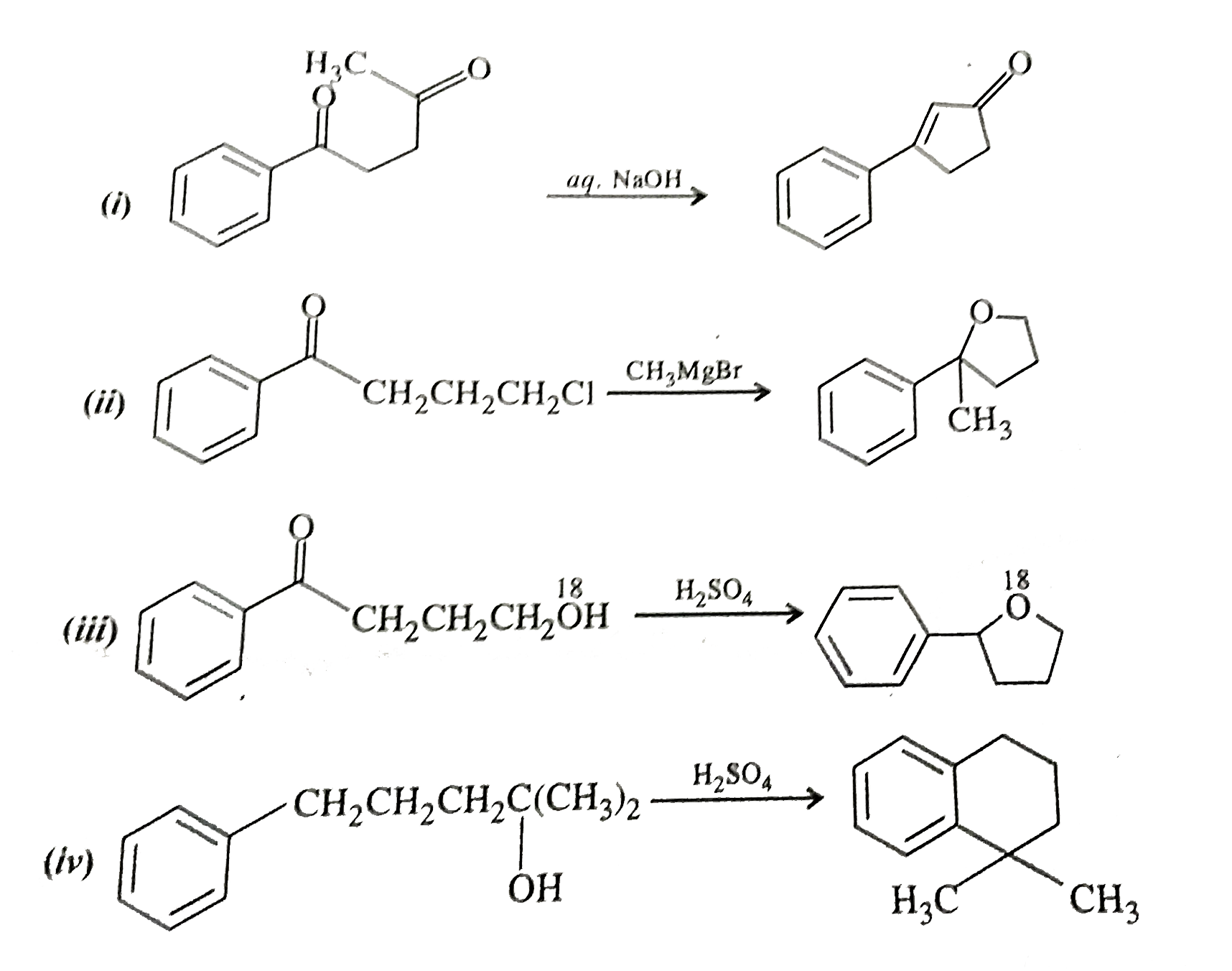How would bring about the following conversions ? Name the process and write the reaction involved.
ethanol to ethene.
To convert ethanol (C2H5OH) to ethene (C2H4), we can use the process of dehydration. The reaction involves the removal of a water molecule from ethanol, resulting in the formation of ethene. Here’s a step-by-step breakdown of the conversion:
Step 1: Identify the Reactant and Product
- Reactant: Ethanol (C2H5OH)
- Product: Ethene (C2H4)
Step 2: Choose the Reagent
To carry out the dehydration of ethanol, we will use concentrated sulfuric acid (H2SO4) as the dehydrating agent.
Step 3: Set the Reaction Conditions
The reaction should be conducted at a high temperature, specifically around 170 degrees Celsius (443 Kelvin), to favor the formation of ethene.
Step 4: Write the Reaction
The dehydration reaction can be represented as follows:
- Word Equation: Ethanol (C2H5OH) + Concentrated sulfuric acid (H2SO4) → Ethene (C2H4) + Water (H2O)
Step 5: Mechanism of the Reaction
1. Protonation: The hydroxyl group (-OH) of ethanol is protonated by sulfuric acid, forming an oxonium ion (C2H5OH2+).
2. Formation of Carbocation: The oxonium ion loses a water molecule (H2O), leading to the formation of a carbocation (C2H5+).
3. Deprotonation: A hydrogen ion (H+) is removed from the adjacent carbon, resulting in the formation of a double bond between the two carbon atoms, yielding ethene (C2H4).
Final Reaction
The overall reaction can be summarized as:
C2H5OH (l) + H2SO4 (conc.) → C2H4 (g) + H2O (l)
Summary
- Process: Dehydration
- Reaction: C2H5OH + H2SO4 → C2H4 + H2O
- Reactant: Ethanol (C2H5OH)
- Product: Ethene (C2H4)
To carry out the dehydration of ethanol, we will use concentrated sulfuric acid (H2SO4) as the dehydrating agent.
The reaction should be conducted at a high temperature, specifically around 170 degrees Celsius (443 Kelvin), to favor the formation of ethene.
The dehydration reaction can be represented as follows:
- Word Equation: Ethanol (C2H5OH) + Concentrated sulfuric acid (H2SO4) → Ethene (C2H4) + Water (H2O)
1. Protonation: The hydroxyl group (-OH) of ethanol is protonated by sulfuric acid, forming an oxonium ion (C2H5OH2+).
2. Formation of Carbocation: The oxonium ion loses a water molecule (H2O), leading to the formation of a carbocation (C2H5+).
3. Deprotonation: A hydrogen ion (H+) is removed from the adjacent carbon, resulting in the formation of a double bond between the two carbon atoms, yielding ethene (C2H4).
The overall reaction can be summarized as:
C2H5OH (l) + H2SO4 (conc.) → C2H4 (g) + H2O (l)
- Process: Dehydration
- Reaction: C2H5OH + H2SO4 → C2H4 + H2O
Topper's Solved these Questions
- CARBON COMPOUNDS BOOK - OSWAL PUBLICATIONCHAPTER - CARBON COMPOUNDS EXERCISE - BOARD CORNER (Very Short Answer Type Questions)
5 Videos
- CARBON COMPOUNDS BOOK - OSWAL PUBLICATIONCHAPTER - CARBON COMPOUNDS EXERCISE - BOARD CORNER ( Short Answer Type Questions)
23 Videos
- CARBON COMPOUNDS BOOK - OSWAL PUBLICATIONCHAPTER - CARBON COMPOUNDS EXERCISE - NCERT EXEMPLAR (Short Answer Questions)
32 Videos
- CARBON AND ITS COMPOUNDSBOOK - OSWAL PUBLICATIONCHAPTER - CARBON AND ITS COMPOUNDSEXERCISE - CREATING BASED QUESTIONS
23 Videos
- CHEMICAL REACTIONSBOOK - OSWAL PUBLICATIONCHAPTER - CHEMICAL REACTIONSEXERCISE - BOARD CORNER (Short Answer Type Questions)
3 Videos
Similar Questions
How would you bring about the following conversions ? Name the process and write the reaction involved.
(a) Ethanol to ethene , (b) Propanol to propanoic acid
Write the reactions.
View SolutionHow would you bring about the following conversions ? Name the process and write the reaction involved.
(a) Ethanol to ethene , (b) Propanol to propanoic acid
Write the reactions.
View SolutionHow would bring about the following conversions ? Name the process and write the reaction involved.
propanol to propanoic acid. Write the reactions.
View SolutionHow will you bring about the following conversions ?

View SolutionHow will you bring out the following conversion?

View SolutionHow will you bring out the following conversion?

View SolutionHow will you bring about the following conversions ?
Propene to propyne .
View SolutionHow will you bring about the following conversions?
Ethanol to butane.
View SolutionHow will you bring about the following conversions ?
Ethane to bromoethene .
View SolutionHow will you bring about the following conversions ?
Bromomethane to propanone .
View Solution
